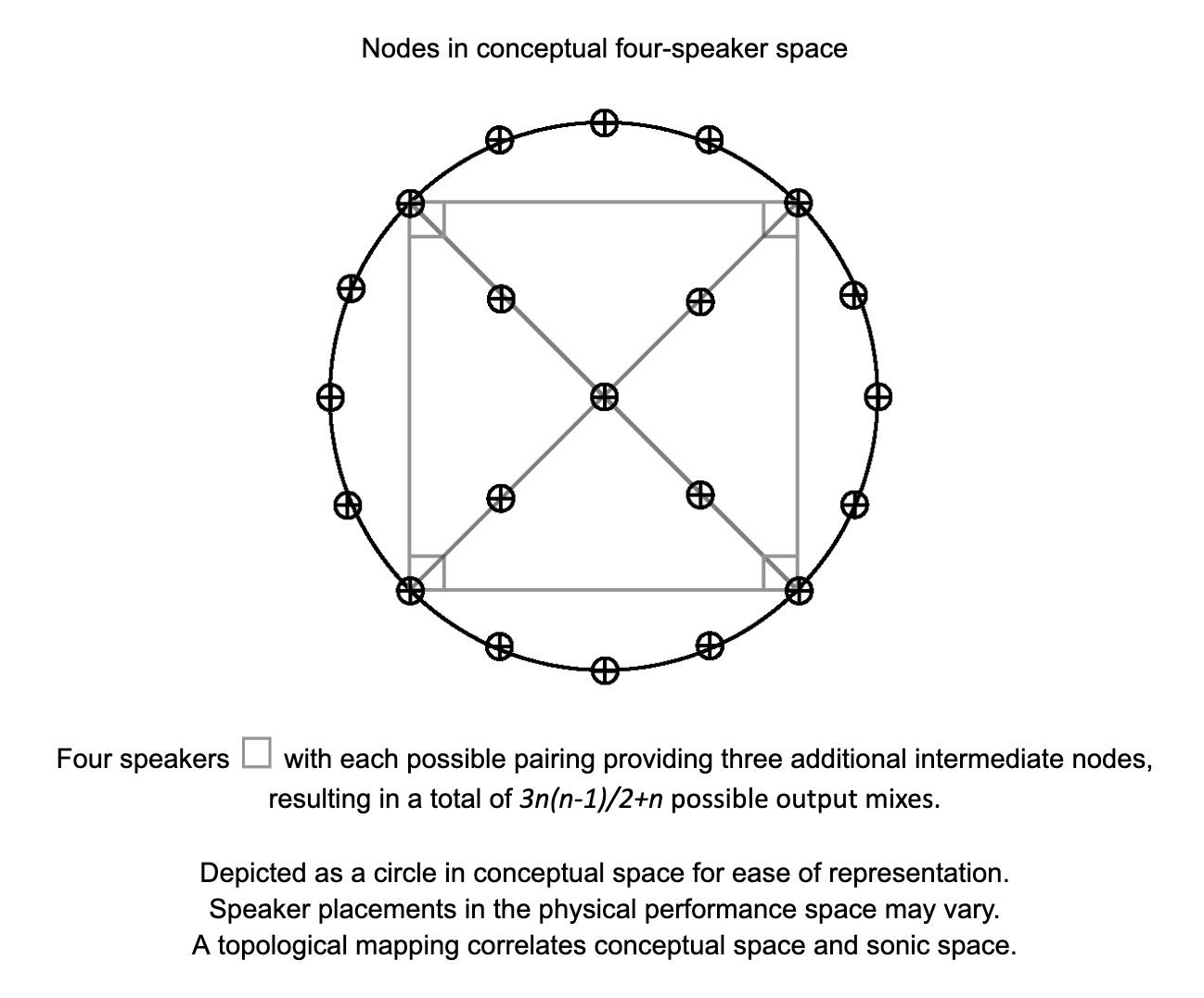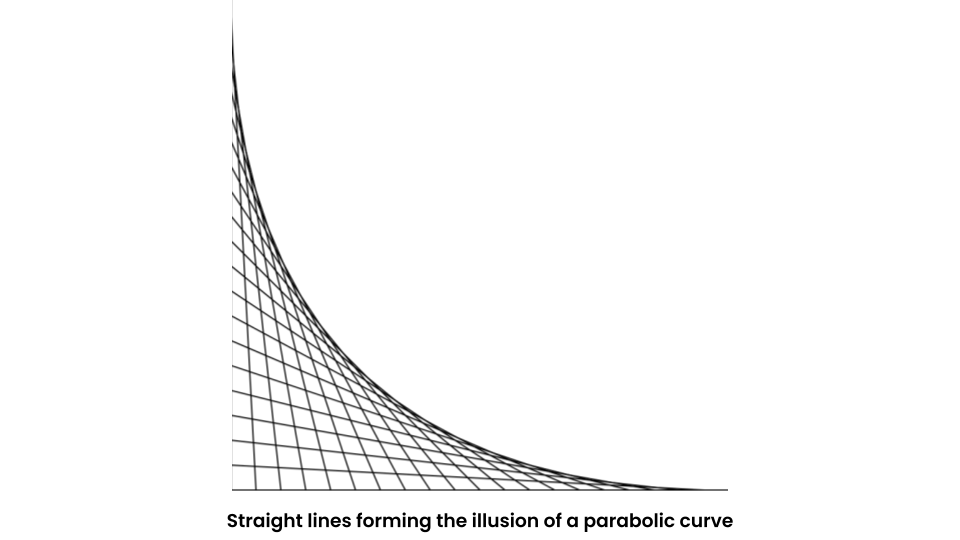Posté par: williamfastenow Il y a 1 année, 3 mois
Most sound spatialization schemes assume an ideal listener location, a single “sweet spot” where the localization of sounds is perceived optimally. This implies that all other listener locations are sub-optimal, where listeners perceive an “incorrect” spatialization and balance. To address this problem, William Fastenow proposes what he terms subject-oriented music, in which each listener intentionally receives a different, yet equally valid, distribution of the musical sounds. This idea leads to the use of compositional concepts and techniques that deliberately produce multiple heard versions of a work, with variable timings and locations of sound events. In this presentation, Fastenow will describe a versatile multichannel system to create spatio-musical gestures in the listening field using pairwise speaker panning, with the express intention of giving each listener a unique musical experience. With collaboration from composer Christopher Dobrian, he will discuss some compositional techniques that they have found to be especially appropriate to this “subject-oriented” spatialization.
In Fastenow’s method, each loudspeaker in the multichannel system serves as a node, and each pairwise combination of speakers also produces intermediate virtual nodes, resulting in a large yet finite number of possible output mixes for every input sound object. Each sound object’s virtual location moves through a series of those nodes, which might or might not correspond to the speakers closest to that location in the actual performance space. The result is a spatial pointillism, in which contiguous nodes are not necessarily produced by contiguous speakers. This effectively exploits gestalt perceptual principles, such that the music is heard in different versions from different listener vantage points. That, in turn, has led to the compositional use of combinatorics and a mapping topology between conceptual musical space (the input) and the physical performance space (the output). The presenter will discuss aesthetic considerations of these compositional and spatialization techniques in different types of performance spaces.



Commentaires
Pas de commentaires actuellement
Nouveau commentaire